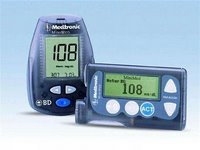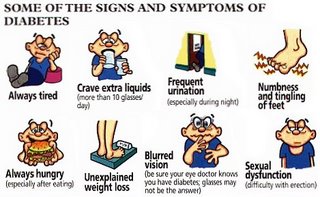Online Support
 When confronted with stress in our lives we can often cope better if enriched with social support. The support provided by family members, friends, co-workers, and neighbors can empower an individual to confront certain issues or dilemmas faced on a daily basis.
When confronted with stress in our lives we can often cope better if enriched with social support. The support provided by family members, friends, co-workers, and neighbors can empower an individual to confront certain issues or dilemmas faced on a daily basis. "Social Capital is crucial for healthy living."
When living with a health condition support helps the individual recover and/or maintain a healthier well-being.
While browsing the Internet I was able to find interesting support groups ranging from support for mental conditions to diseases like diabetes and cancer. It is also important to seek support for all aspects of our health, the mental and the physical.
ASD is an online support group of diabetics, their families and friends. The members of the site use a forum to freely share personal experiences, knowledge, hopes, successes and frustrations concerning diabetes and it's impact on their lives. There is the original forum, the newsgroup alt.support.diabetes, which was originally designed as discussion board has evolved into private and public binary (for file sharing) and non-binary forums and a chat room hosted on the Undernet IRC server.



















